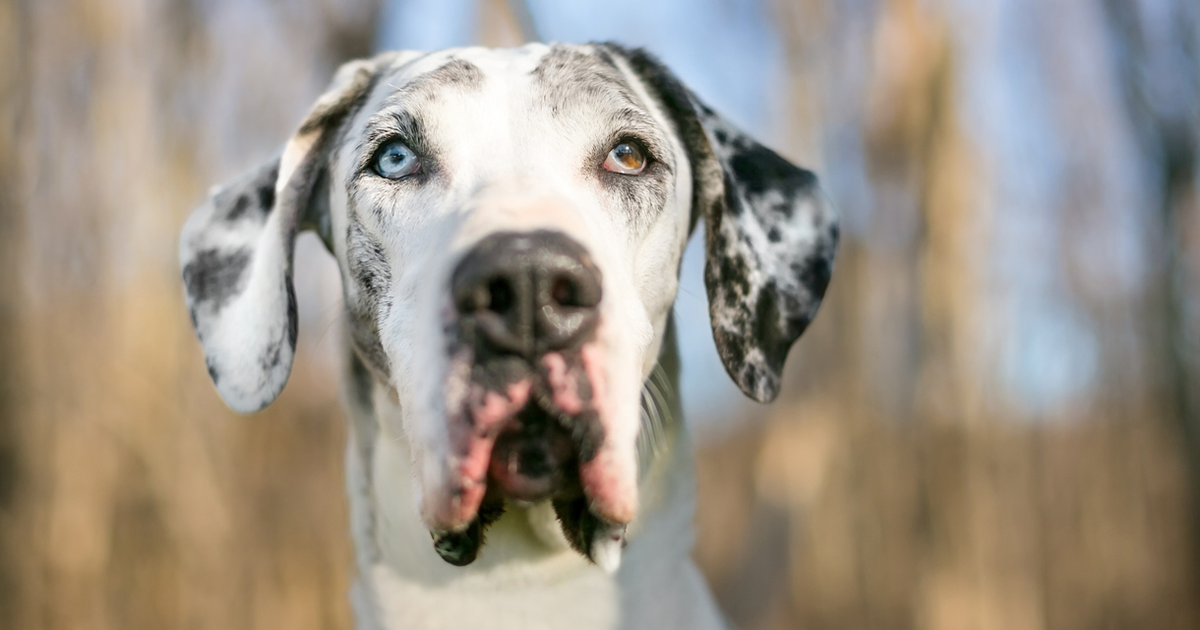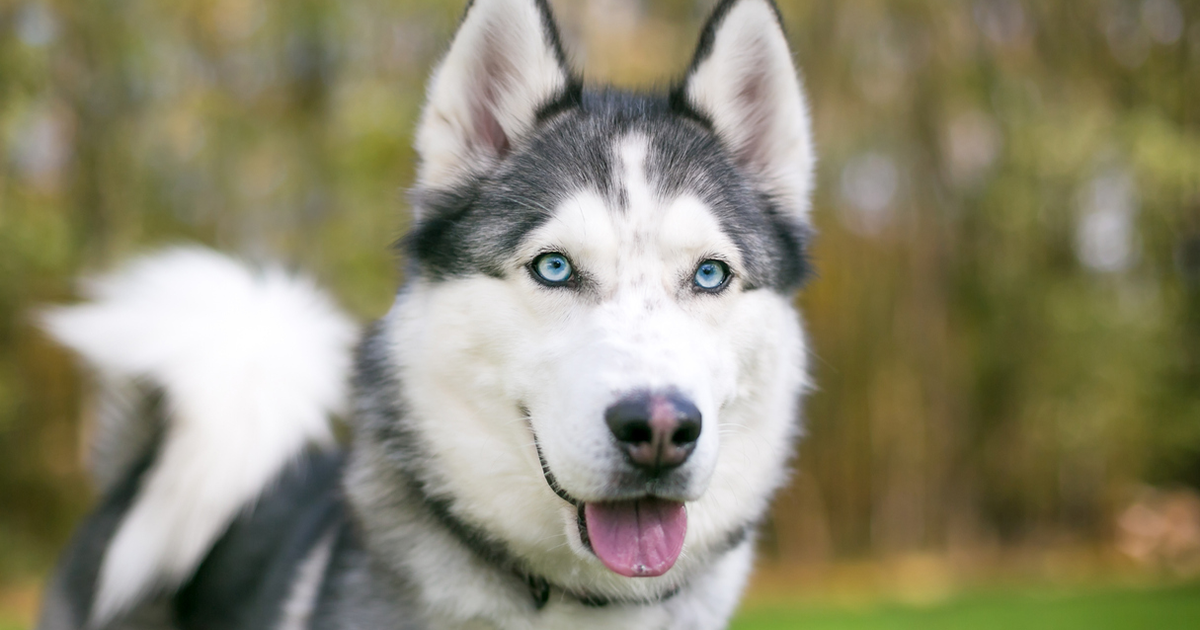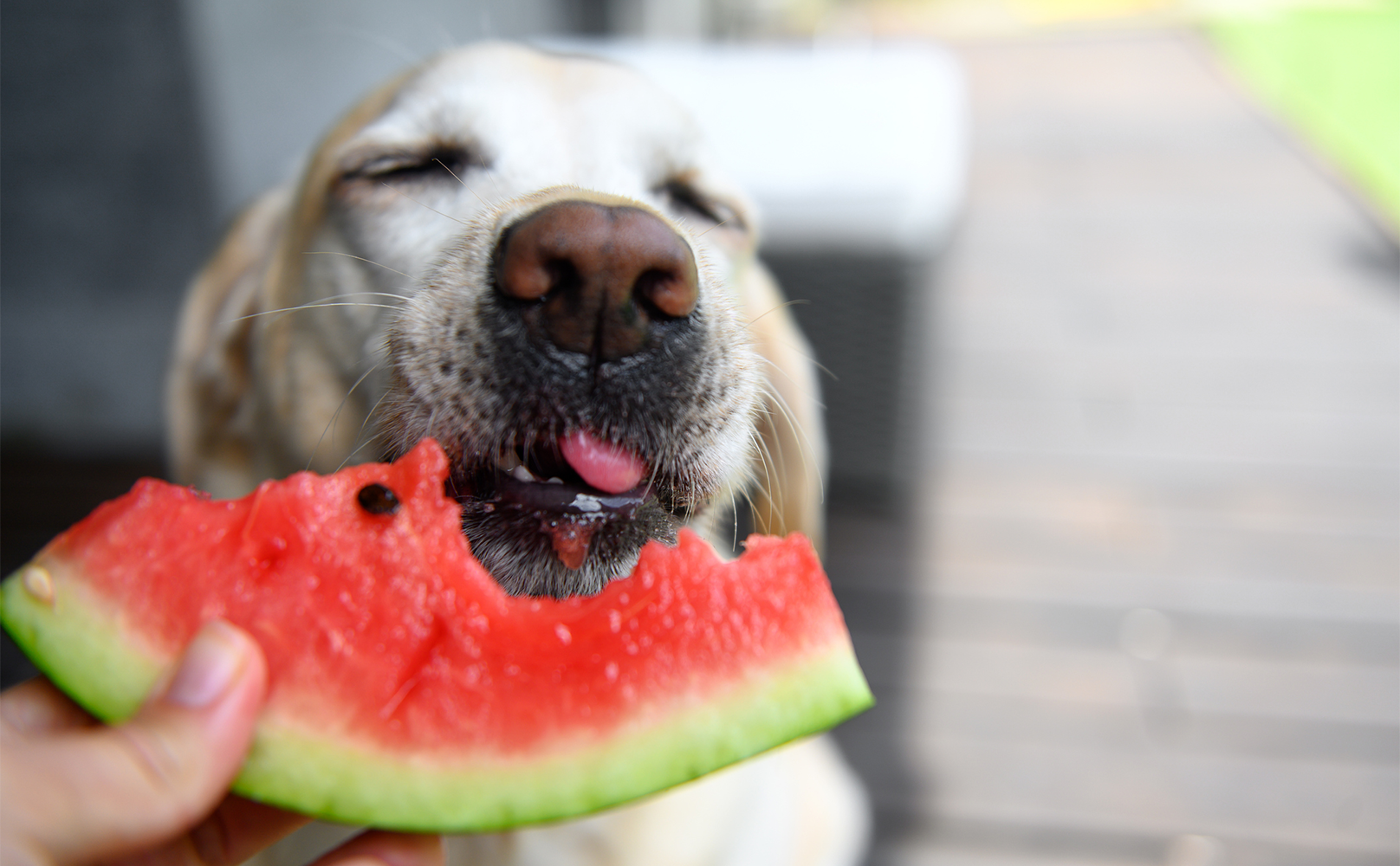Jeepers creepers, what’s going on with your pupper’s peepers? As pup parents, we always want to make sure our dogs are as happy and healthy as possible. When it comes to something as important as their eyes, it’s easy to get worried when we see something is off with our dogs. Red eyes can fall under several causes, with varying degrees of severity.
As with any concerns you might have about your pup, it never hurts to get a second opinion from your vet. Some particular signs to look for are discharge like pus or mucus, and any physical change to the eye like swelling or bulging.
Allergies


Whether it’s pollen, dust, or even mold spores, allergens for dogs can cause plenty of unpleasant symptoms, including red, itchy eyes. Eyes become swollen and watery, which in turn can lead to further issues such as conjunctivitis. Itchiness can also cause pups to paw and claw at their face, or rub their faces against the ground or furniture. This can cause damage and irritation to the eye from scraping and rubbing.
Other signs to look for when it comes to allergies are sneezing, runny nose, wheezing, and skin irritations. While a vet can help to assess what allergens are affecting your dog and work to help find a solution, there are many ways you can help relieve your dog of allergy symptoms yourself.
Dry Eye
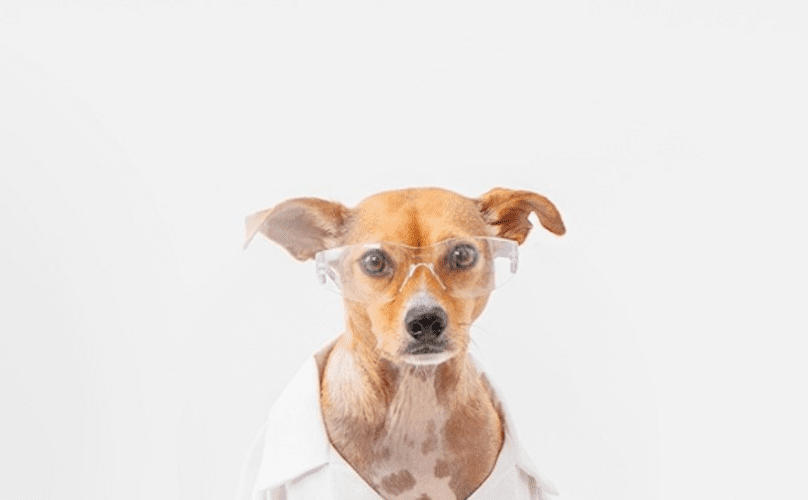

One way for pups to get red eyes is a condition called Keratoconjunctivitis sicca, also known as dry eye. Dry eye is typically caused by inflammation of a special gland that helps your pup make tears. With their tears on the fritz, your dog’s eyes get very dry and inflamed, which causes them to appear red. This can be very painful for your pup and can make the cornea very vulnerable as well, which can lead to even further vision issues as a result.
Other symptoms to watch out for that will help you identify dry eye are mucus in the eye, lots of blinking, swelling of the eyelid, and the third eyelid peaking out. Along with gland inflammation, dry eye can occur more often in certain breeds of dog.
Pink Eye
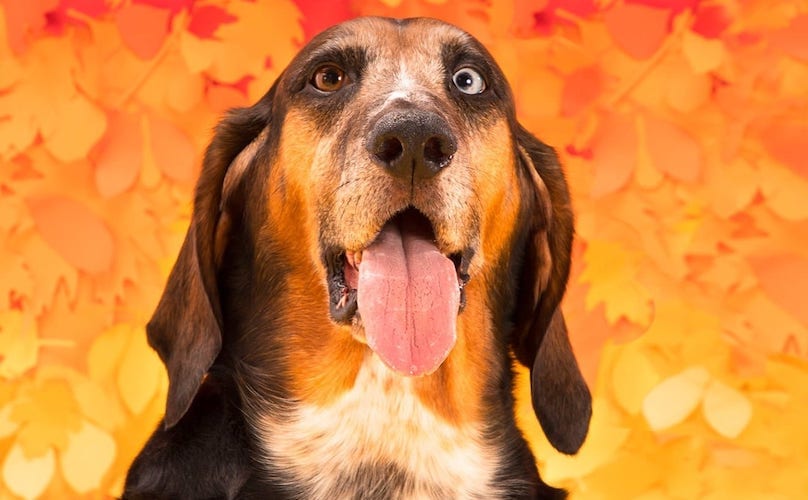

Also known by its more scientific name, conjunctivitis, this infection can cause all kinds of issues for your pup. Pink eye is most distinctly identified by red eyes with clear or pus-like discharge and swelling of the eye and eyelids. There are several causes for pink eye, including viral and bacterial infections which can be brought on by environmental debris, inflammation of the tear ducts, or even parasites.
In addition to discharge and swelling, keep an eye out for nasal discharge, sneezing, coughing, squinting, and any itchiness that might cause your pup to scratch at their face and possibly hurt their eye. These are all symptoms of conjunctivitis that can help you to identify the condition.
Glaucoma
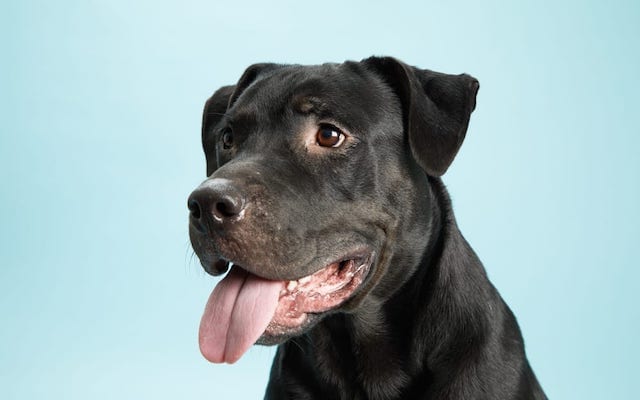

If you’ve noticed any severe swelling along with redness, it’s a good idea to talk to a vet right away. This can be a sign of glaucoma, which is a very painful condition. Glaucoma happens when certain fluids in your dog’s eyes cannot drain the right way because of swelling. Glaucoma causes a lot of pain, which can be hard to recognize at first. If your pup is showing signs of headaches, like disinterest in play or loss of appetite, reach out to your vet as soon as possible.
Glaucoma has two different types. Primary glaucoma happens when genetic conditions prevent proper drainage for the eye, causing backup and swelling. Secondary glaucoma is typically caused by trauma or injury to the eye, causing inflammation. In both cases, getting treatment right away is very important.
Cherry Eye
Every pup has a third eyelid that helps to keep their eye safe. This eyelid is like a film, and sits underneath the regular eyelid, helping to create tears and clear debris from your pup’s eye. The third eyelid is connected to the lower rim of the eye with fibers, but if these fibers become weak or break, it can cause the third eyelid to prolapse and create a fleshy, bright red mass in the corner of the dog’s eye. Because the third eyelid is not able to provide tears properly when it has prolapsed, cherry eye can also lead to dry eye.


Since the third eyelid is an important part of keeping your pup’s eyes safe and wet, it’s important to get this looked at as soon as possible to avoid any damage to the eye. Cherry eye can be helped with surgery, but the longer it takes to get to a vet, the more effects the condition can have on your pup’s vision and the well-being of their eyes.
While there are several possible reasons for red eyes in dogs, only a vet can give you a definitive answer. Diagnosis and treatment of eye conditions should be sought as soon as possible, to help prevent any damage to the eye or loss of vision. Knowing what to look for is a great first step in helping to identify whether reaching out to the vet is the best option for you and your pup.



